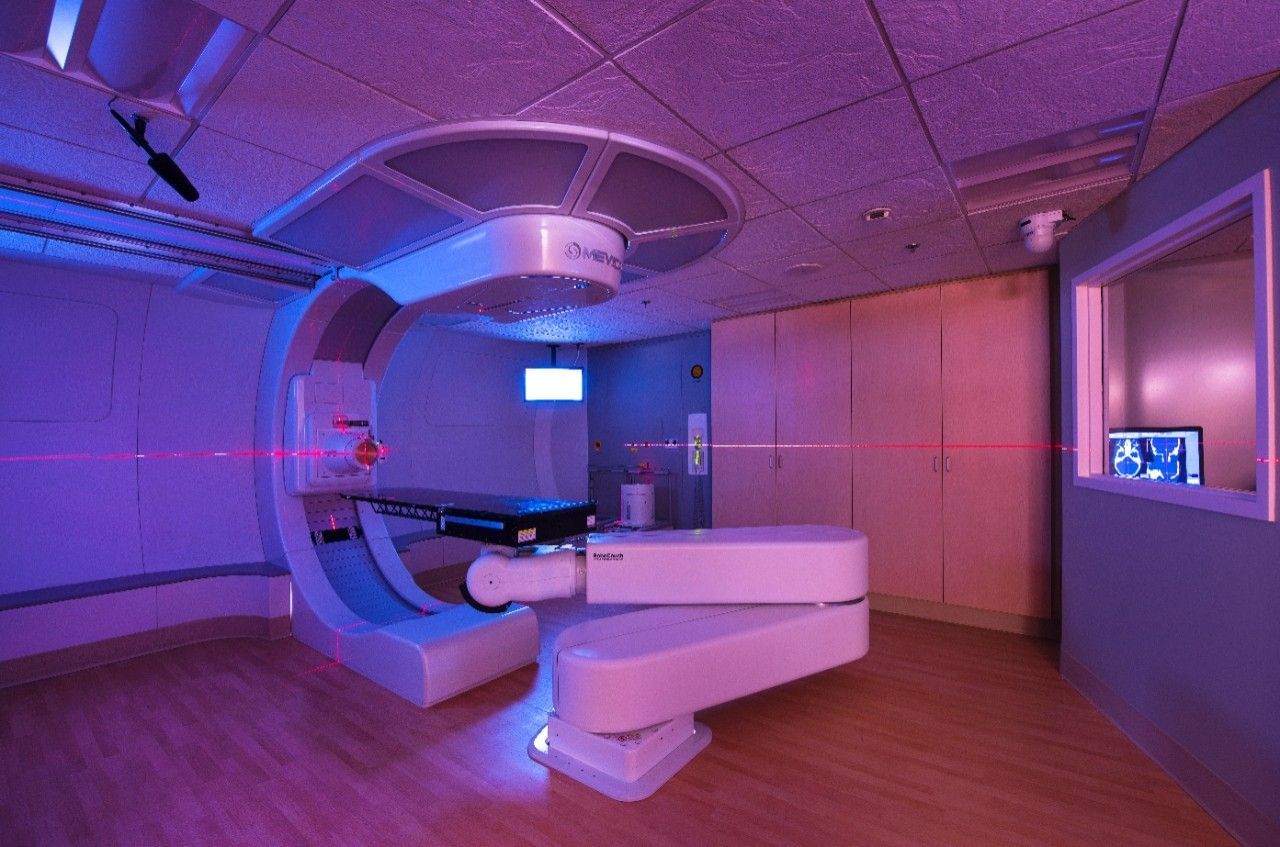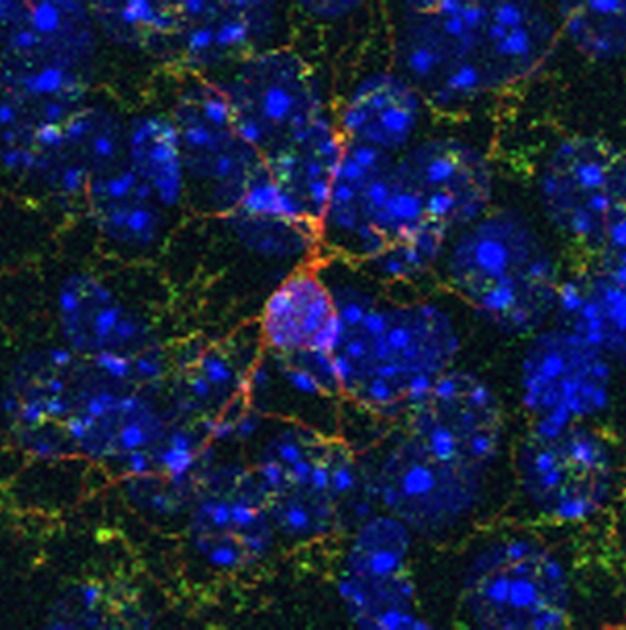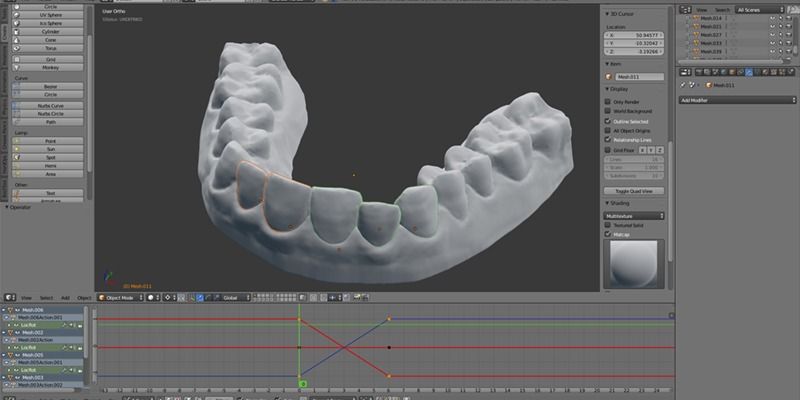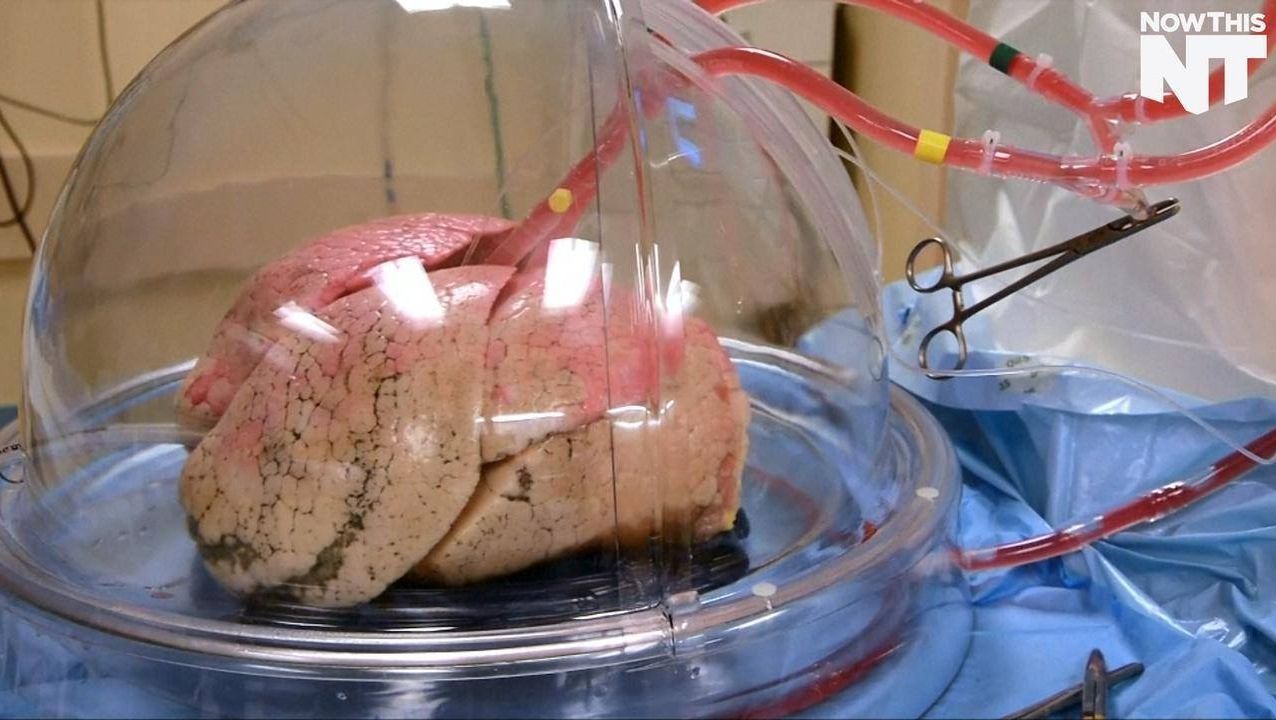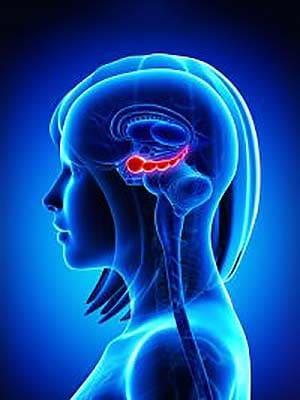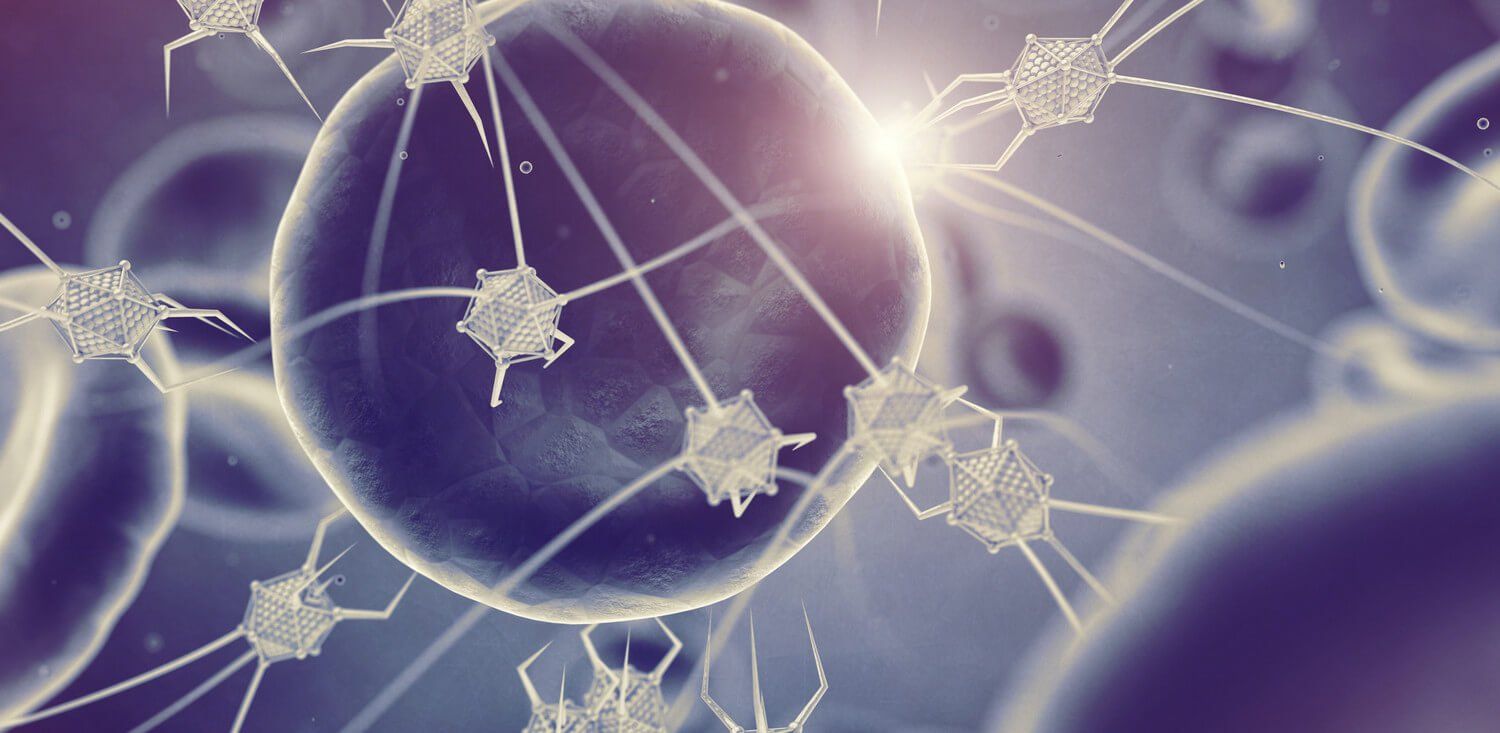Another exampme of how precision works.
While pregnant with her first child, Rhea Birusingh started experiencing blurry vision that her OB-GYN dismissed as an expected pregnancy-related change, but three months later, she went to her ophthalmologist, who discovered an inoperable 2-centimeter benign brain tumor behind her right eye. Now, nearly four months later, Birusingh’s son is healthy and her vision is normal, thanks to a powerful, precise radiation treatment.
“When you’re a pathologist and your eyes are a money maker, you start to get a little bit worried,” Birusingh, 37, of Howey-in-the-Hills, Florida, told FoxNews.com.
Doctors at UF Health Cancer Center – Orlando Health decided to use the treatment, called proton beam therapy, because Birusingh’s tumor was adjacent to her hippocampus, which is critical for short- and long-term memory and learning. Proton beam therapy works differently from conventional radiation treatments, which rely on X-rays. Birusingh was the first patient to undergo the treatment— which uses a three-story, 200,000 pound machine— at the hospital.
